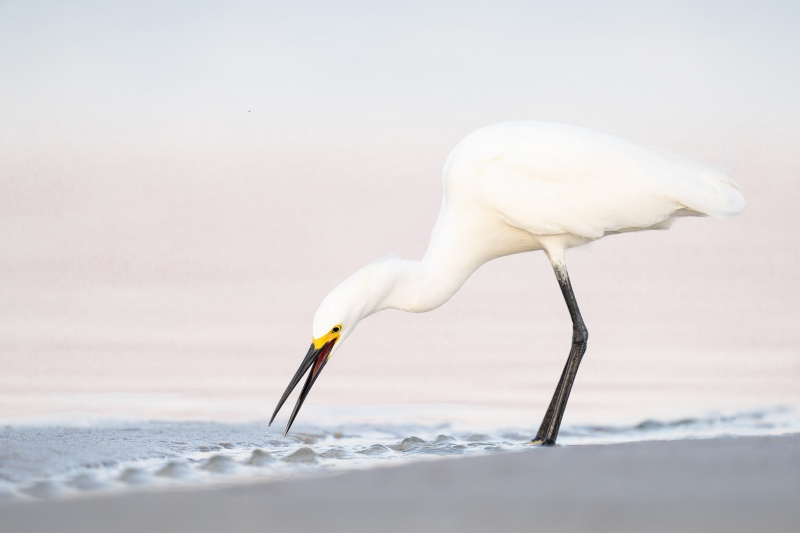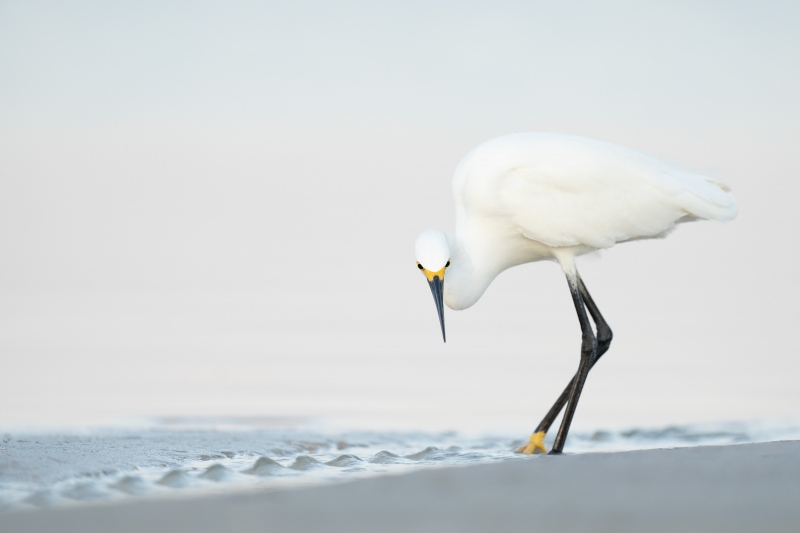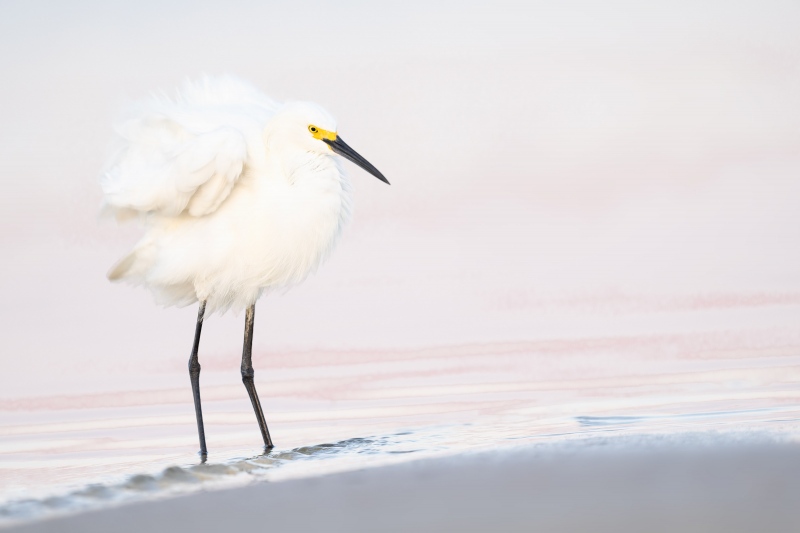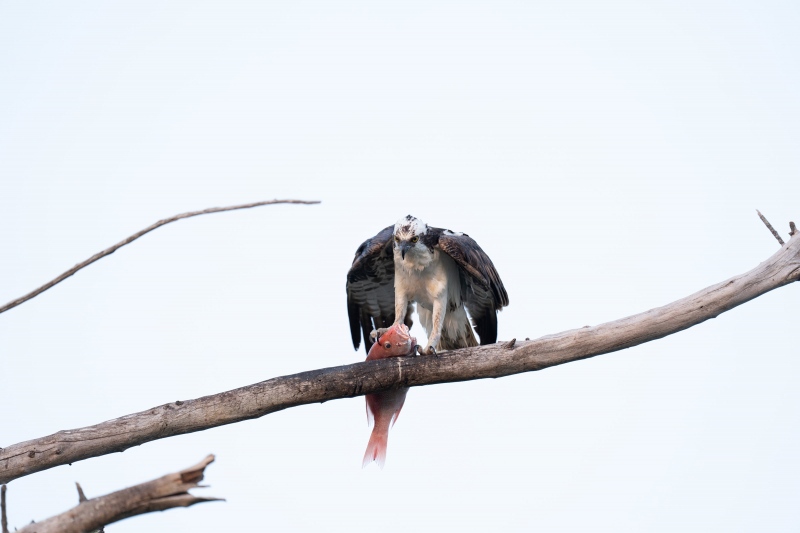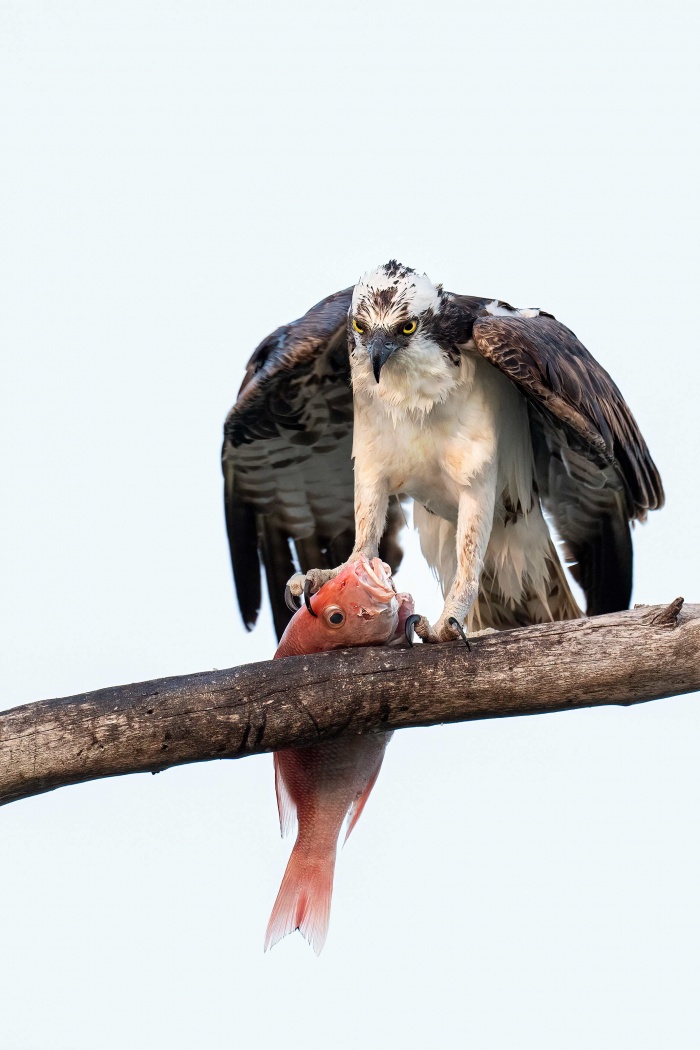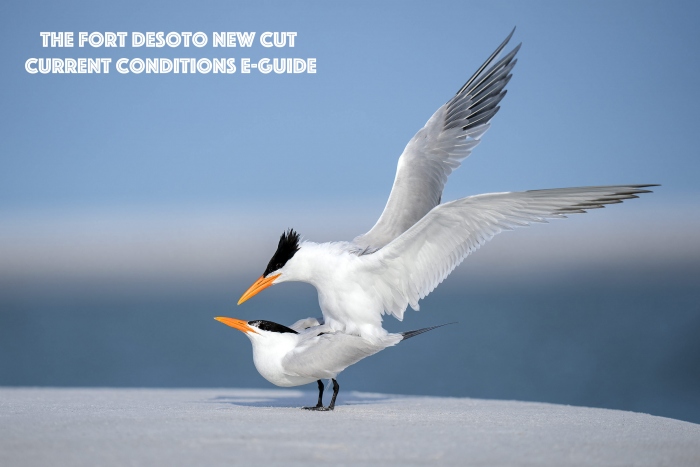What’s Up?
The last DeSoto IPT was a blast. I was blessed to meet and work with Stu Goz and Andrew Schonbek. Stu and Teresa are from St. Louis, Andrew from Plattsburgh NT. Neither participant could believe how much there was/is to learn about bird photography.
Though our last session, on Friday morning, was the least productive of our seven at Fort DeSoto, we all made a few very good images. The highlight was an adult Yellow-crowned Night-Heron. On Thursday afternoon, I was so sure that we would not find anything great that I did not even bother to bring along an extra card. You know how that turned out; it was a mega afternoon and I filled my only card while two spoonbills and a white morph Reddish Egret were bathed by late afternoon light. I kept more than 350 images after the first edit. Highlight video and images soon.
Today is Saturday 13 May 2023. I’ve been working haphazardly on this blog post since I awoke at 7:00am after a great night’s sleep. Wherever you are and whatever you are doing, I hope that you too have a great day.
Snowy Egret Image Optimization and More
Here is another image optimization for you. Keep reading to learn about the great end to the last afternoon session on the 3rd Fort DeSoto Instructional Photo Tour (IPT).
|
|
|
This image was created on 10 May at Fort DeSoto Park in Tierra Verde, FL. Seated behind my flattened tripod and working off the rear screen, I used the Robus RC-5558-3 Vantage Series 3 Carbon Fiber Tripod/Levered-Clamp FlexShooter Pro-mounted Sony FE 600mm f/4 GM OSS lens and The One, the Sony Alpha 1 Mirrorless Digital Camera.. ISO 800: 1/640 second at f/4 (wide open) in Manual mode. AWB at 7:42:12pm. Tracking: Zone with Bird Face/Eye detection enabled performed quite well. Be sure to click on the image to enjoy the high-res version. Image #1: Snowy Egret fishing in outlet stream |
Give Me Seven Good Soft Light Snowy Egret Minutes
Our second afternoon was not as good as our first afternoon. We were at the same location with the same weather, but the birds were more spread out. I opted to sit behind my flattened tripod and work off the rear screen. Stu and Andrew joined me as the sun dipped below the mangroves behind us. Working at 840mm, I was hoping that a few small plovers or sandpipers would feed their way onto the clean sandflat in front of us. A tiny stream of water flowed from the large pool well to our right and behind us into the Gulf. Such outlet streams are often very attractive to hungry wading birds and shorebirds as they often carry small baitfish and tiny invertebrates along.
We were just about to head home when a beautiful Snowy Egret showed up to fish at the end of the tiny stream. I quickly removed my TC so that I could go wider and use a lower ISO in the now very soft light. In seven minutes, I created roughly 370 images. I did take a 20 second break when a Semipalmated Plover step, step, stopped right in front of me and posed at minimum focusing distance. Then it was back to the SNEG. I wound up keeping 37 Snowy Egret images and had a hard time selecting today’s three featured images.
|
|
|
This image was created on 10 May at Fort DeSoto Park in Tierra Verde, FL. Seated behind my flattened tripod and working off the rear screen, I used the Robus RC-5558-3 Vantage Series 3 Carbon Fiber Tripod/Levered-Clamp FlexShooter Pro-mounted Sony FE 600mm f/4 GM OSS lens and The One, the Sony Alpha 1 Mirrorless Digital Camera.. ISO 800: 1/640 second at f/4 (wide open) in Manual mode. AWB at 7:42:16pm. Tracking: Zone with Bird Face/Eye detection enabled performed quite well. Be sure to click on the image to enjoy the high-res version. Image #2: Snowy Egret hunting in outlet stream |
Your Call?
Which of the three do you like best? All are invited to leave a comment and let us know why they made their choice.
|
|
|
This image was created on 10 May at Fort DeSoto Park in Tierra Verde, FL. Seated behind my flattened tripod and working off the rear screen, I used the Robus RC-5558-3 Vantage Series 3 Carbon Fiber Tripod/Levered-Clamp FlexShooter Pro-mounted Sony FE 600mm f/4 GM OSS lens and The One, the Sony Alpha 1 Mirrorless Digital Camera.. ISO 800: 1/500 second at f/4 (wide open) in Manual mode. AWB at 7:46:11pm. Tracking: Zone with Bird Face/Eye detection enabled performed quite well. Be sure to click on the image to enjoy the high-res version. Image #3: Snowy Egret ruffling just because |
The Ruffle
Birds ruffle their feathers vigorously most often after bathing and preening. After they bathe and then preen for a while, can you sometimes know that they will ruffle when they lean forward a bit. Several times on the last IPT, I would call out, “Get ready for the ruffle!” The birds obliged every time.
At times, however, they ruffle for no reason at all, without any warning. My advice: as soon as they begin to ruffle, press and hold the shutter button asap as the ruffling action may last for a second or two. As we discussed here recently, you can re-train your brain to begin firing and cut down your reaction time. With 30 fps you will usually gets lots of different yet pleasing images.
Typos
With all blog posts, feel free to e-mail or to leave a comment regarding any typos or errors.

